Portrait of Dr Mens III, 1918-1919
oil on panel 70 x 50 cm
stamped signature
painted around 1918-1919
Provenance: Within the Beer family until today today.
Condition: Minor flaws
Dick Beer (1893-1938)
Dick Beer was born in London in 1893. His father, John Beer (1853-1906), was a Swedish painter from Stockholm who had a career mainly as a watercolour painter with motifs of horses from racetracks and fox hunts from the countryside.
Barely fifteen years old, Dick Beer became an orphan and came to Sweden in 1907. Already in 1908-1909, he started at Althin's painting school in Stockholm. And later, at the Royal Academy of Arts from 1910-1912. His teachers were, among others, Gustaf Cederström, Oscar Björk and Alfred Bergström.
At this time, Many artists went to Paris, and Dick Beer wasn't an exception; he rented a studio and took every spare time to visit academies such as Colarossi and Grande Chaumière and André Lhote.
Dick Beer travels to Pont Aven in Brittany over the summer of 1913. In September, he went directly to Stockholm for his first solo exhibition with the French title Exposition des tableaux de Bretagne et autour de Paris; The exhibition was a big success with many visitors.
Cubistic vision:
In the period following the First World War, the artist’s painting underwent a fundamental transformation. Dick Beer was influenced by various modernistic expressions. In Paris, the first wave of cubism, led by Pablo Picasso and Georges Braque, was established. It was a controversial artistic style. There was a heated debate about cubism, in which the artist broke up the motif into smaller components, sometimes called facets, in order to rebuild it on the flat surface of the pictorial plane. This manner of painting represented a complete break with preceding pictorial conventions and naturalistic painting.
Cubism was governed by theory, not practice, and critics claimed that the style was too intellectual for the general public and they predicted that it would disappear and that artists would return to a rather more classic expression.
The theories surrounding cubism and its various expressions opened up for a number of reinterpretations in the 1910s. Dick Beer was well aware of the cubist discussions. He embraced the ideas but created a varied, personal and emotive cubism in the years around 1918. His painting was often an explosive discharge with playful characteristics and a futuristic dynamism which accentuated the painting’s inherent speed and movement, as for example his works “Dancer” and “The Toy Box”. He also experimented with geometric compositions of buildings and landscapes, which were reminiscent of Paul Cézanne’s more cubic landscapes. Here, Beer’s colours were often muted, in blue, brown and red hues. He frequently returned to earlier motifs and reworked his canvases into a cubist style, as in “Dancer tying her shoes” and “Seated dancer“.


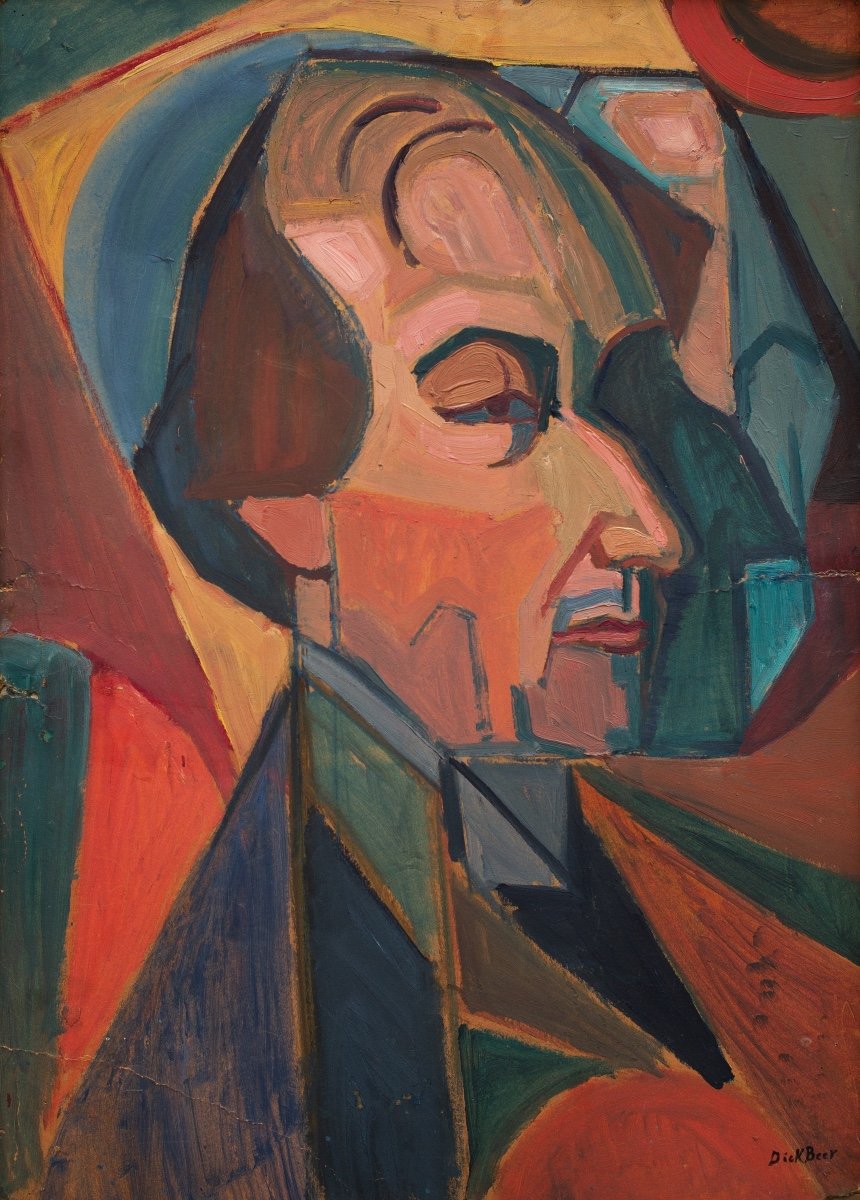
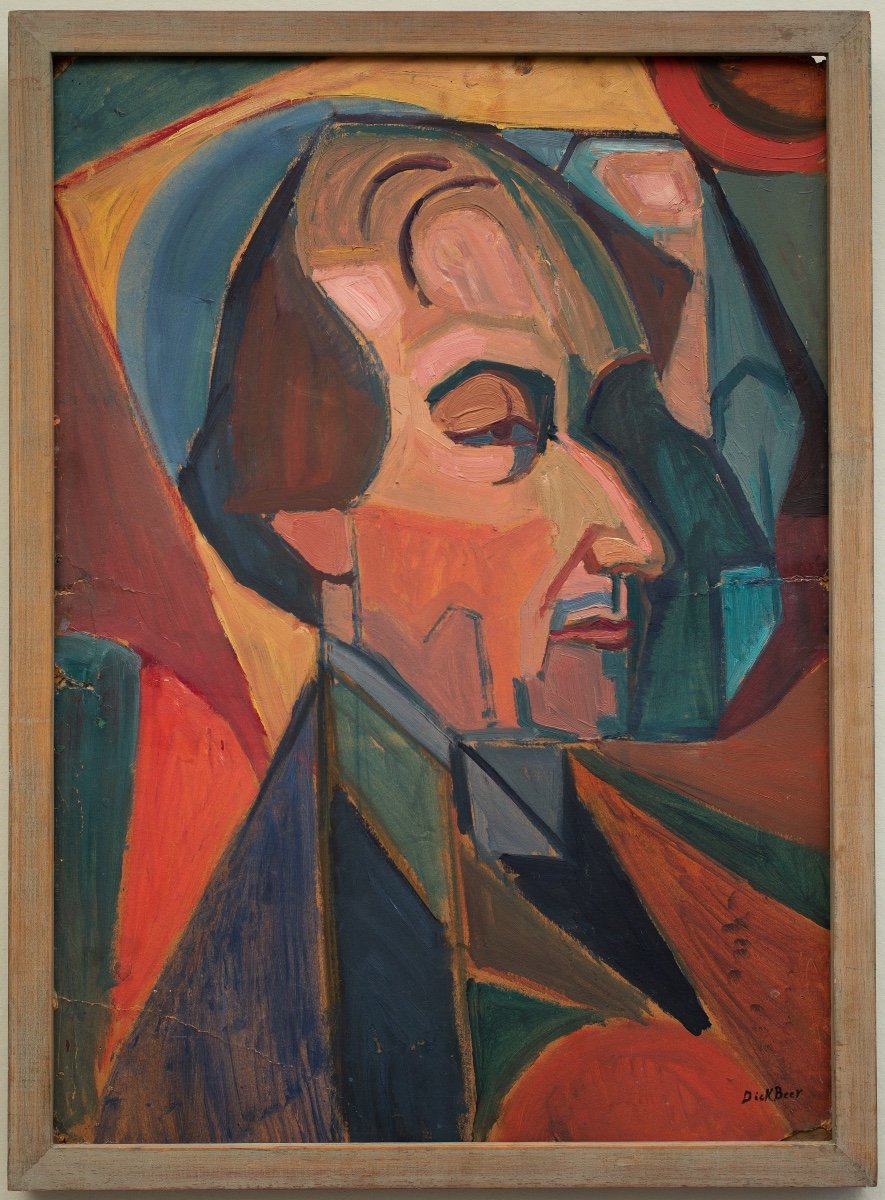
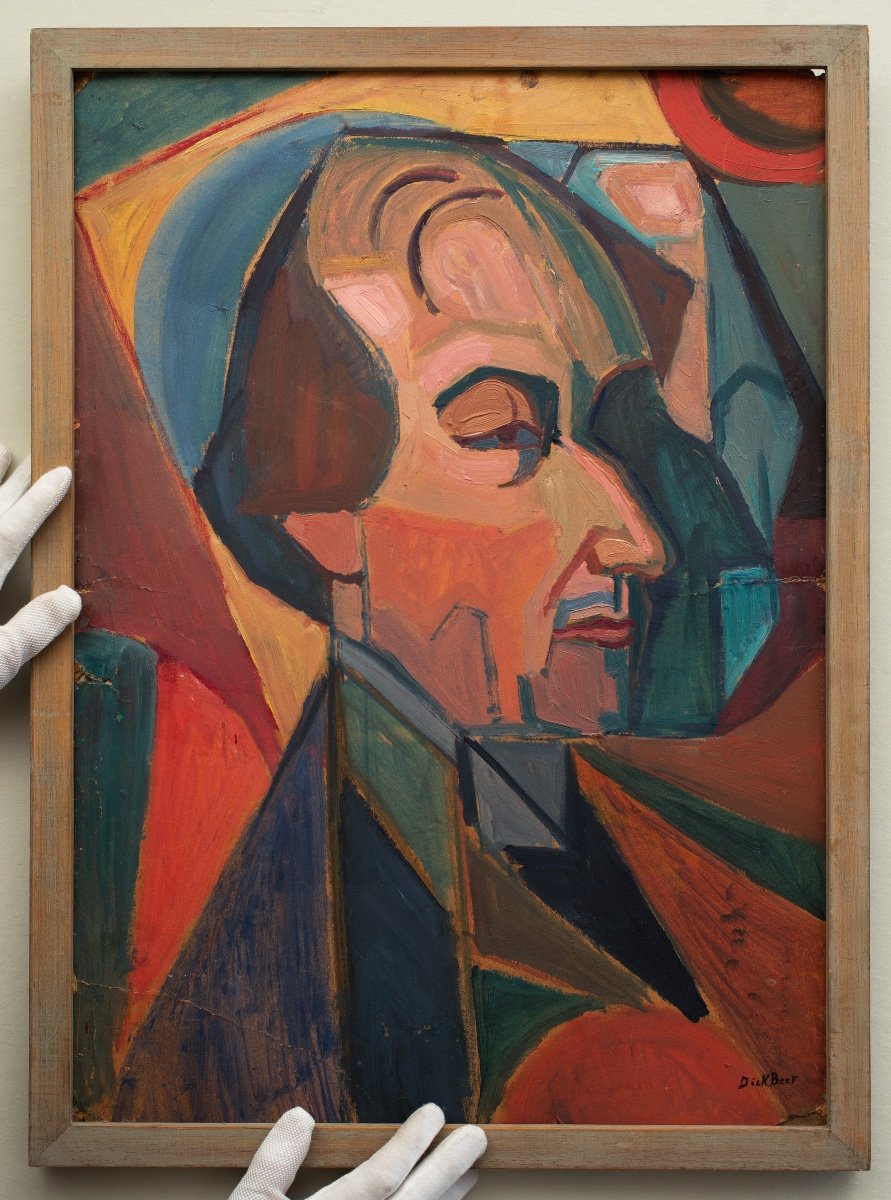
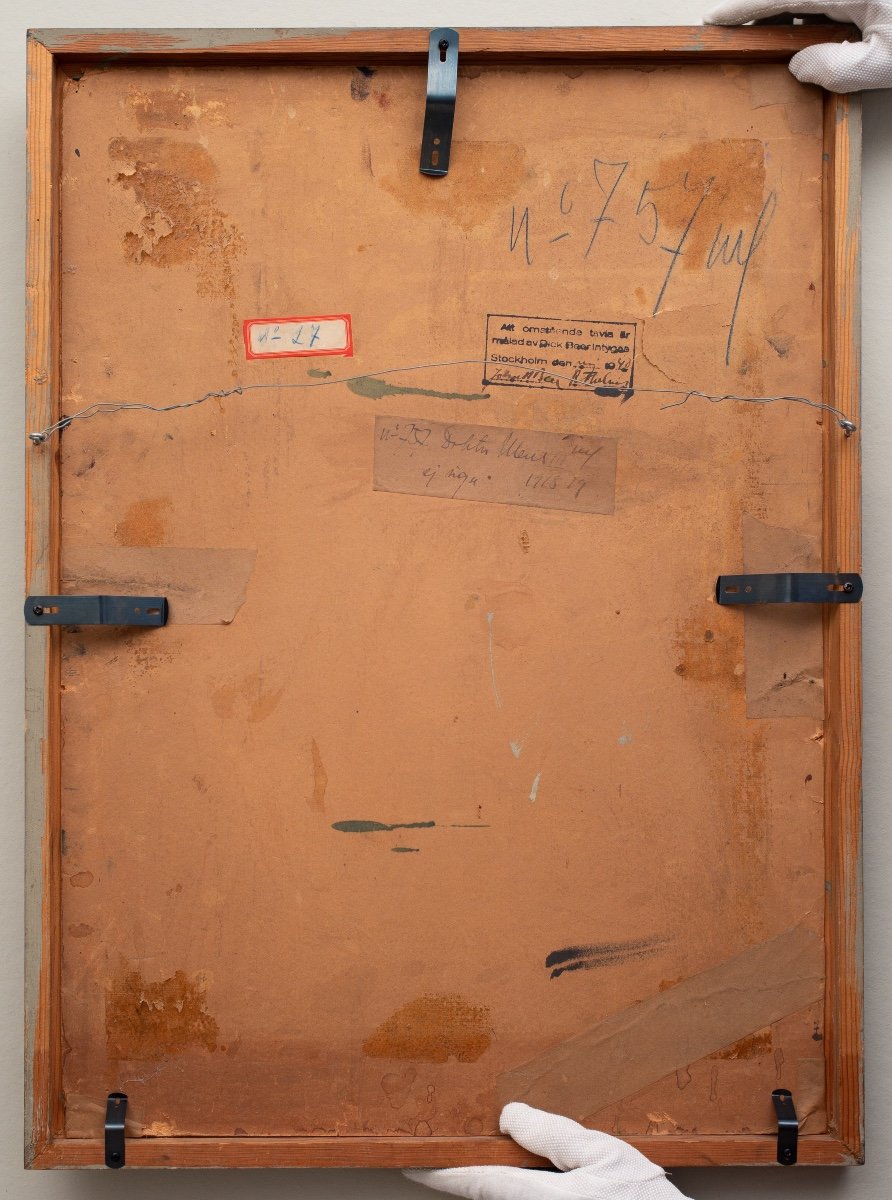







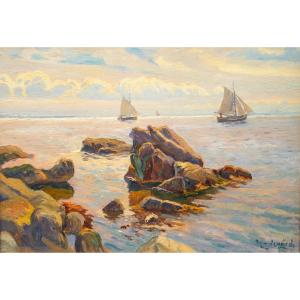




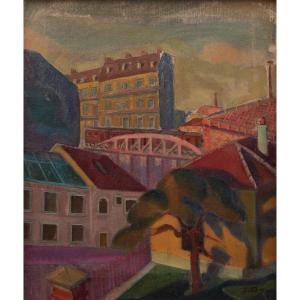



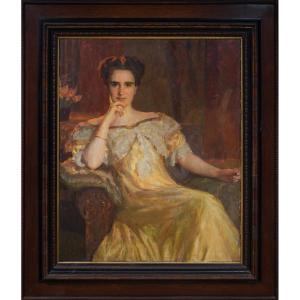











 Le Magazine de PROANTIC
Le Magazine de PROANTIC TRÉSORS Magazine
TRÉSORS Magazine Rivista Artiquariato
Rivista Artiquariato